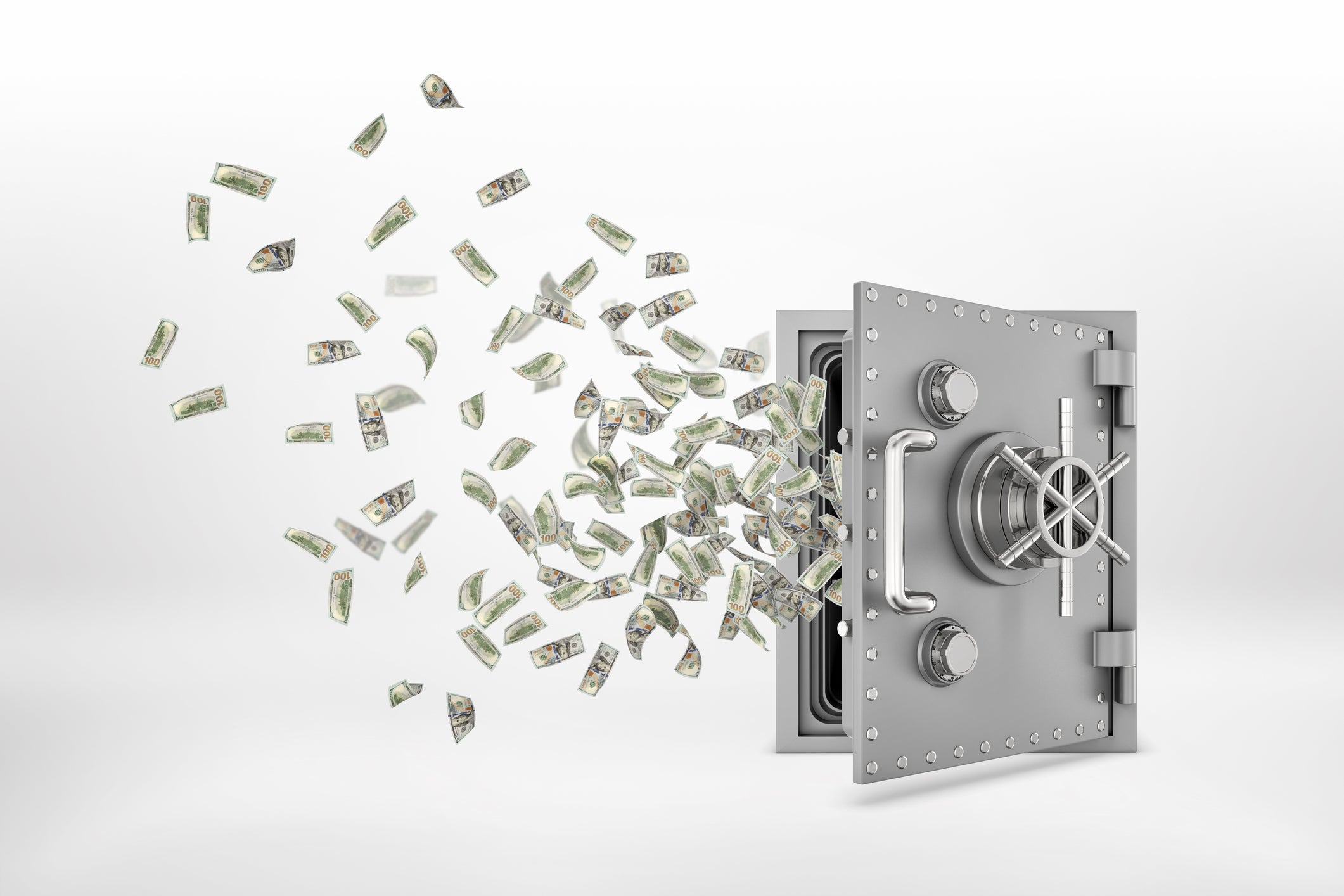Means of communication in times of disaster: Importance of radio
table of contents
Introduction
1 . Extensive information provision
2 . Works with batteries or generator
3 . Intuitive and easy usage
4 . Non-face-to-face communication means
5 . What are the types of disaster radios and their differences?
summary
Introduction
Disasters are threats that greatly affect our lives. Natural disasters, such as earthquakes, floods, and typhoons, and man-made disasters, such as terrorist attacks, power outages, and communication network failures, can occur. In such situations, fast and accurate information is essential to ensure life safety. Therefore, radio plays a very important role as a means of communication in the event of a disaster. In this article, let's explore the importance of radio in times of disaster.
1 . Extensive information provision
1-1 Transmission of disaster warnings and evacuation information
Radio stations and related organizations may issue emergency alerts in the event of a disaster. When natural disasters such as earthquakes and tsunamis occur, warnings can be sent to local residents through radio. Evacuation information, evacuation shelter locations, and evacuation routes are also provided via radio. This allows victims to take appropriate action quickly.
1-2 Real -time transmission of information
In the event of a disaster, real-time information transmission is important because the situation changes from moment to moment. Radio is excellent in breaking news, and radio stations and related organizations can quickly convey the latest information and progress of the disaster. Information on the progress of rescue operations and emergency assistance, road passability, water and food supplies is invaluable to victims.
1-3 Cooperation with disaster-related organizations
Radio stations usually work closely with relevant agencies in the event of a disaster. Accurate and comprehensive information is provided through cooperation with organizations such as local municipalities, fire departments, police departments, the Japan Meteorological Agency and the Red Cross. Through radio, announcements and information from these agencies are transmitted, and victims can receive information from reliable sources.
1-4 Share community information
In the event of a disaster, information is also shared within the community through radio. Radio stations may send messages to local residents, volunteer groups, civic groups, etc. to confirm their safety and request necessary assistance. In some cases, disaster victims themselves participate in radio programs and appeal about the disaster situation and needs. This will allow information to be shared throughout the region, increasing solidarity and the effectiveness of support activities.
2 . Works with batteries or generator
Advantages of 2-1 battery drive
Radios generally run on batteries, so they can be used even when the normal power supply is cut off in the event of a disaster. Especially if you have an emergency battery or rechargeable battery, you can continue to use the radio even if there is a power outage or the communication infrastructure goes down.
2-2 For long-term use
During a disaster, radio usage time may be longer than usual. Therefore, it is important to have a sufficient number of spare batteries or rechargeable batteries. Especially when using rechargeable batteries, it is necessary to fully charge them beforehand. It's also a good idea to turn off the radio when not in use to extend battery life.
2-3 Use of generators
In the event of a disaster, alternative power sources such as emergency generators and solar panels can be used to keep radios running for extended periods of time. Emergency generators use fuel (gasoline or diesel) to supply power. Depending on the power consumption required to operate the radio, the generator capacity and fuel reserves should be properly planned.
2-4 Safe handling
Batteries and generators can create dangerous situations if not handled properly. When replacing or charging batteries, the correct polarity must be observed and connected to the proper power source. Also, when using generators, it is necessary to pay attention to safety measures such as ensuring adequate ventilation and avoiding indoor use.
3 . Intuitive and easy usage
3-1 tuning and volume adjustment
A typical radio uses a tuning dial or channel button to select the desired radio station or frequency. Tuning is done by turning a rotary dial or pressing a button. In addition, volume adjustment is performed by turning the volume knob or button. These operations are intuitive and generally easy to do.
3-2 radio band selection
Many radios have two radio bands to choose from: AM (medium wave) and FM (very short wave). AM bands often provide local news, weather, and emergency information, while FM bands typically provide entertainment content such as music and talk shows. Select the appropriate radio band using the radio's front panel or switch.
3-3 Radio station settings and pre-registration
Some radios allow you to preset your favorite radio stations. This gives you quick access to the information you need and your favorite shows. Memorize radio station frequencies and channels and make them accessible using the settings and preset buttons. This allows you to easily switch to your favorite radio station.
3-4 simple buttons and display
A typical radio has simple buttons and displays for basic operations. This includes power buttons, tuning dials, volume knobs, band selector switches, and more. These buttons and indications consist of clear and easy-to-understand marks and symbols, allowing users to easily understand and operate the required functions.
3-5 Use of instruction manual
Finally, it's also important to take advantage of your radio's instruction manual. The Owner's Manual provides detailed information on the operation and features of a particular model. If you don't know how to operate or want to use more advanced functions, you can refer to the instruction manual for more detailed instructions and procedures.
4 . Non-face-to-face communication means
4-1 phone
A telephone is a means of non-face-to-face communication through voice calls. Telephones are ubiquitous and often used for communication between individuals and organizations. Fixed-line phones and mobile phones are used for calls, and real-time conversations and contacts are possible.
4 to 2 video call
A video call is a non-face-to-face communication method that combines audio and video. Using video calling apps and platforms, you can communicate while seeing the other person's face and expressions. Video calling is widely used for interacting with people in remote locations, business meetings, etc.
4-3 Email
Email is a non-face-to-face communication method for sending and receiving texts and files electronically. E-mail is widely used for professional communication and information sharing because messages can be exchanged regardless of time and place.
4-4 text messages and chats
Text messages and chats are non-face-to-face communication methods that exchange short text messages. Messages are exchanged in real time or asynchronously using SMS messages and instant messaging apps. Text messages and chats are good for quick communication and contact.
4-5 Social Media
Social media platforms are non-face-to-face communication vehicles for users to share content such as text, photos, and videos and interact with others. Social media facilitates personal connections and information sharing, enabling interaction with large communities.
5 . What are the types of disaster radios and their differences?
5-1 AM/FM radio
AM/FM radio is a common type of radio that is widely used during disasters. The AM band is a medium-wave band that mainly provides emergency information and disaster-related information. The FM band is a very short wave band that provides entertainment content such as music and entertainment programming. AM/FM radios often run on battery power or using rechargeable batteries.
5-2 Emergency information radio
The emergency information radio is a radio designed to provide especially important information during disasters. These radios may have AM/FM bands as well as special features such as weather forecasts or an Emergency Alert System . Emergency information radios help you receive warnings of weather changes and emergencies and take appropriate measures.
5-3 Solar/crank radio
A solar / crank radio is a type of radio that can be charged by sunlight or a hand crank. This reduces battery replacement and dependence on external power sources, enabling long-term use. Solar / crank radios are very useful in times of disaster when the power supply may be cut off.
5-4 portable radio
Portable radios are compact size radios that are easy to carry around. In the event of a disaster, it may be necessary to move, and portable radios can be easily carried around, making them suitable for use at evacuation centers and emergency evacuation sites. Portable radios come in battery-powered, rechargeable battery, and solar charging options.
These types of disaster radios have different functions and features, but play a role in receiving information and supporting emergency preparedness during disasters. It is important to choose the radio that suits your personal needs and environment.
summary
Radio is a highly reliable and widely used means of communication in times of disaster, as prompt and accurate information is essential to ensure the safety of life. Such extensive information provision is possible and plays an important role in conveying local news, weather, emergency information, etc. In addition to being able to transmit information to a wide area, basic operations such as tuning and volume adjustment are intuitive, making it easy for many people to use. It also has the advantages of easy operation and battery operation. It also serves as a way for people to communicate without physical contact, providing an environment where people who are divided can share information. Having a radio is important in a disaster.








